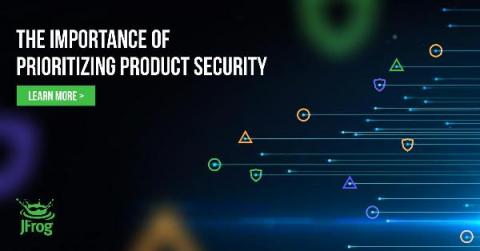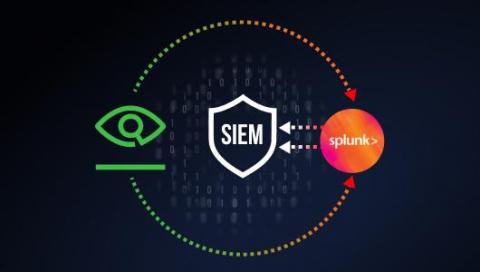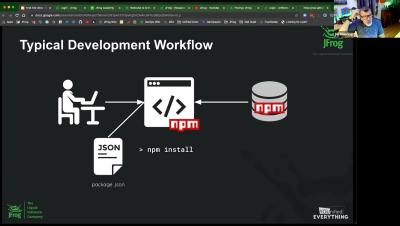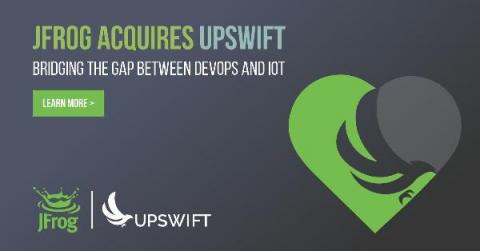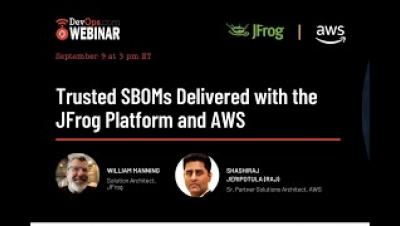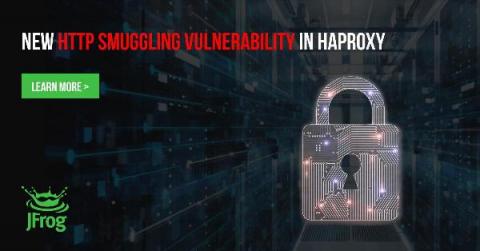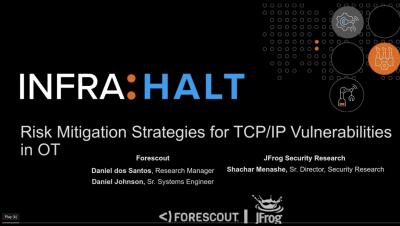The Importance of Prioritizing Product Security
Achieving comprehensive security for the products delivered and deployed by organizations is becoming more difficult, due to a variety of factors. A key one is the growing volume, variety and complexity of software and connected devices in use. Another is the overwhelming risk of inherited software supply chain exposures. The result: Companies struggle every day to provide software with optimal security and protection against malicious activities, takeovers, data theft, and commercial sabotage.


